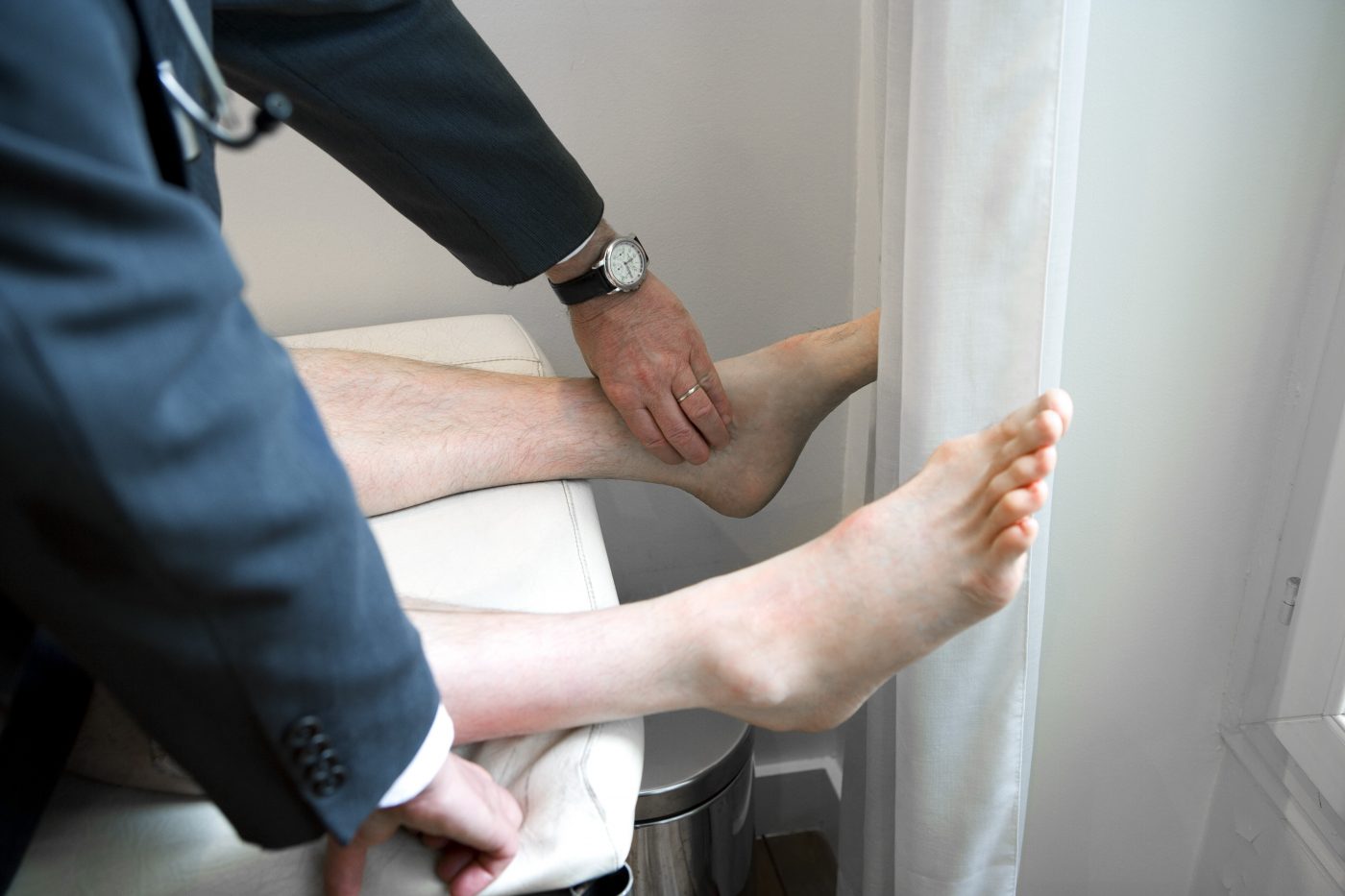 While about 60% of patients who suffer from diabetes also develop peripheral neuropathy, a nerve condition that causes tingling, numbing and tickling in the extremities, the Raveling Chiropractic Center is implementing a new technique to treat the disease. According to the center, chiropractic care may offer several benefits to treat the disorder.
While about 60% of patients who suffer from diabetes also develop peripheral neuropathy, a nerve condition that causes tingling, numbing and tickling in the extremities, the Raveling Chiropractic Center is implementing a new technique to treat the disease. According to the center, chiropractic care may offer several benefits to treat the disorder.
Chiropractor Paul Raveling administers chiropractic care at his center with patients who suffer from peripheral neuropathy to help with the management of pain as well by treating the underlying cause. In addition to pain and numbness, the condition can include a variety of other symptoms such as prickling and throbbing or a freezing sensation. In addition, it can also damage the brain’s capacity to communicate properly with regions of the body.
“Chiropractic care is an effective treatment for peripheral neuropathy because it targets the root cause for a patient’s pain symptoms; we do not simply rely on medication to numb this pain,” explained Raveling in a press release. “While chiropractic care is not a ‘cure’ for peripheral neuropathy, it is an important part of an effective treatment program.”
“Treatment programs that cover up the symptoms are ignoring the bigger problem. As a chiropractor, I follow a ‘whole body’ approach to treatment, which means we start by addressing the underlying trigger for a patient’s pain,” he continued, explaining that a diagnostic exam is conducted in order to identify the cause of the pain and understand which specialty of care is needed in addition to chiropractic care.
The chiropractor believes that early diagnosis and treatment may reduce the severity of the motor nerve and sensory nerve damage, as well as help patients with the management of the disease. In addition, Raveling noted that the pain symptoms associated with peripheral neuropathy indicate poor health conditions and need to be evaluated carefully.
Peripheral neuropathy is a condition often associated with diabetes, despite the fact it can also be caused by autoimmune disorders, tumors, nutritional imbalances or infections, and it can even be hereditary. The nerve disorder currently affects about 20 million people in the United States, according to the National Institute of Neurological Disorders and Stroke, and while the symptoms may seem unimportant, early diagnosis may prevent further complications.
“Everyone experiences peripheral neuropathy a little differently. For some individuals, the pain may come and go, while for others, the pain may be constant. As the condition worsens, individuals may experience coordination and balance loss, along with a freezing pain, muscle weakness or extreme sensitivity to touch. I urge anyone who may be experiencing these symptoms to seek immediate treatment,” added Raveling.
The University of Kansas and Irving-based company Reata Pharmaceuticals have also recently established a partnership to develop drug technologies discovered by a professor of medicinal chemistry Brian Blagg and professor of pharmacology and toxicology Rick Dobrowsky. These compounds, called “novologues,” are expected to become a treatment option for diabetic peripheral neuropathy as well.


